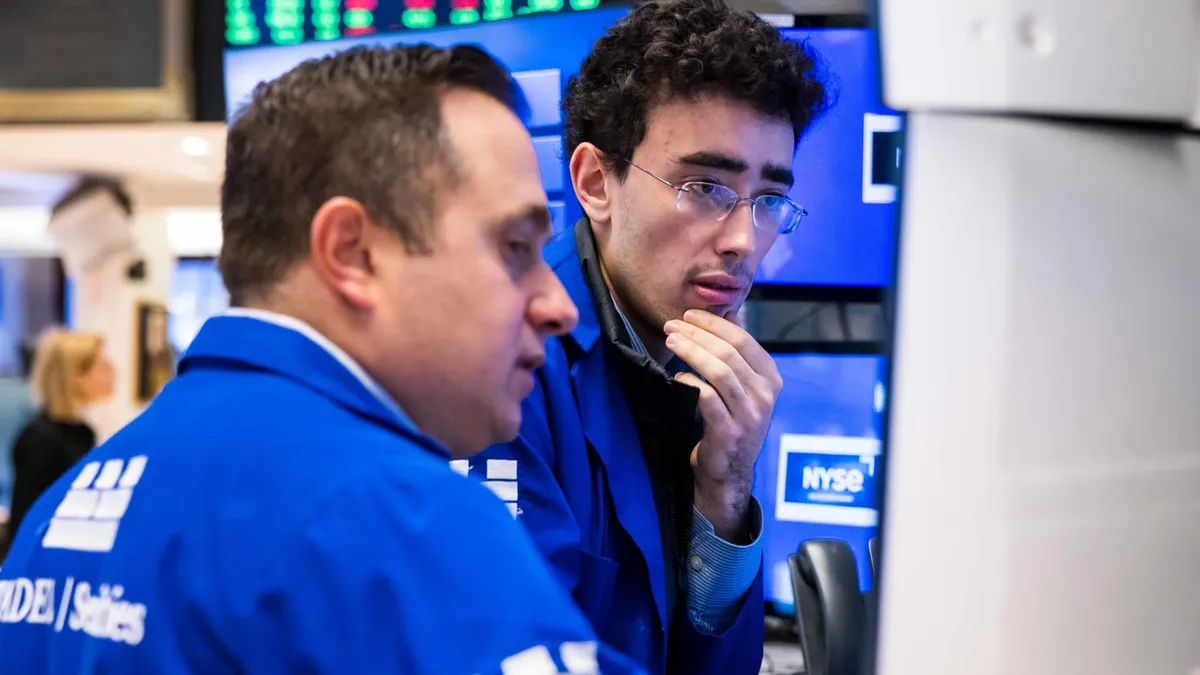
On Thursday night, S&P 500 futures rose following a challenging trading session that pushed the benchmark index into correction territory. Futures tied to the broad index increased by 0.69%, while Nasdaq 100 futures advanced by 0.89%. Additionally, Dow Jones Industrial Average futures gained 195 points, equating to a 0.47% rise.
The significant decline of 1.4% on Thursday resulted in the S&P 500 dropping 10.1% from its recent record close achieved last month. This shift officially marks the index's entrance into correction territory, which is defined as a decline of at least 10% from a recent high. Concurrently, the 30-stock Dow and the Nasdaq Composite experienced respective declines of 1.3% and nearly 2% during the session.
In addition, the small-cap-focused Russell 2000 has seen a significant drop of around 19% from its recent peak, nearing a bear market, which is characterized by a drawdown of 20%. This decline represents a crucial milestone in the broader market pullback that has unsettled investors over the past three weeks, primarily driven by President Donald Trump's fluctuating tariff policy.
The recent market volatility has led all three major indexes to drop over 4% this week. The Dow is poised for its second consecutive losing week and is on track for its worst weekly decline since June 2022. Meanwhile, both the S&P 500 and Nasdaq are facing their fourth consecutive week of negative performance.
Adam Turnquist, chief technical strategist for LPL Financial, emphasized the swift transition of the broader market from record highs to correction territory within a matter of weeks. He noted that the uncertainty surrounding tariffs has been a significant factor contributing to the prevailing selling pressure and is intensifying concerns regarding economic growth.
As investors navigate these turbulent times, it's crucial to stay informed about market trends and the factors influencing them. Understanding the implications of tariff policies and market corrections will be vital for making sound investment decisions moving forward.